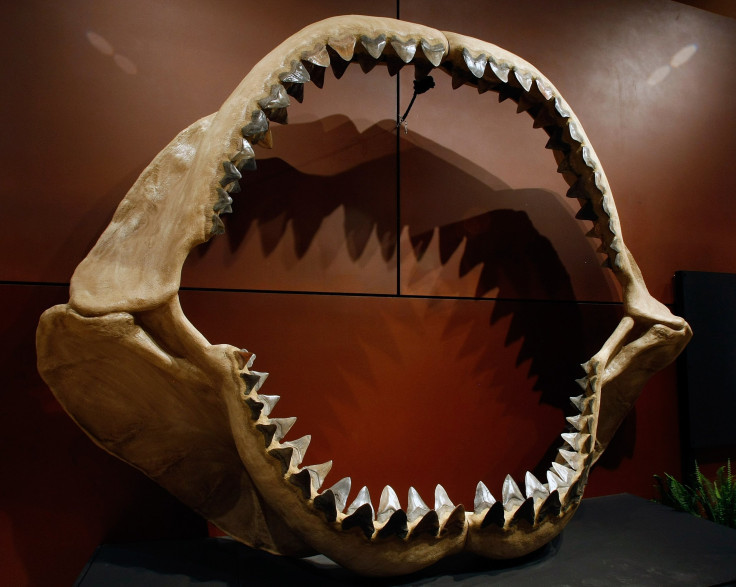Researchers Spot 'Megalodon' Fleetingly During Shark Research Trip: What Was It Really?
During a recent shark research trip, Rhode Island researchers were taken aback when they saw on their sonar screen what could only be described as a giant megalodon.
The shape on the sonar had an uncanny resemblance to the extinct megalodon, and was estimated to be about 50 feet in size and weigh around 40 tons. The image retained its shape for several minutes.
It was only after the image transformed into a large school of mackerel, did the researchers wake up from their reverie.
Does the Meg exist? On a recent shark research trip we were all amused to see this shape appear on our fish finder for several minutes. Based on the length of the image we estimated the “Meg” to be...
Talking about the incident on a Facebook post, the researchers narrated their close encounter with a relic of the past.
"So close, but so far! The Megalodon (Otodus megalodon), disappeared more than 3 million years ago and will likely stay that way, but, for a few minutes, we thought he had returned!" researchers wrote on Facebook.
Megalodon was an ancient marine creature, and was recently in news. A group of researchers created a 3D model of the creature based on fossilized remains found of the organism, and their study was published in the journal Science Advances.
An ancient relative of the sharks, the megalodon was an apex predator with fearsome features. The most defining feature was its giant tooth, each said to be the size of a "human fist." It was believed the megalodon could finish off a killer shark in five mouthfuls.
The giant sea monster is posited to have a mouth that could open up to six feet. Apart from this, the megalodon was also believed to be a great swimmer.
"It would be a superpredator just dominating its ecosystem," said co-author John Hutchinson, Royal Veterinary College, England. "There is nothing really matching it."
The Megalodon was thought to be 50 feet in size and weighed around 70 tonnes. Like sharks, it had a cartilaginous body and very few bones present in the body.
The lack of bones has made it difficult for researchers to study the megalodon structure in detail since cartilage is not preserved as well as bones.
The only fossils samples that we have of the creature are a collection of vertebrae, dozens of teeth and preserved poop.

© Copyright IBTimes 2025. All rights reserved.





















